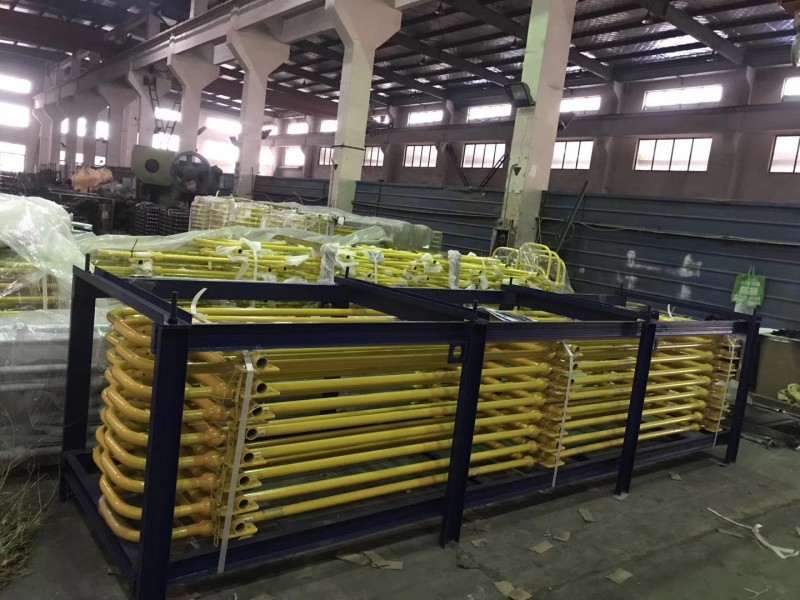In modern building and project safety standards, steel grating ball-jointed railings have become the preferred safety protection facilities in Australian buildings and industrial projects due to their high strength, corrosion resistance and convenient installation. So, how do steel grating ball-jointed railings meet Australia's safety requirements? What are the key points of its design standards?
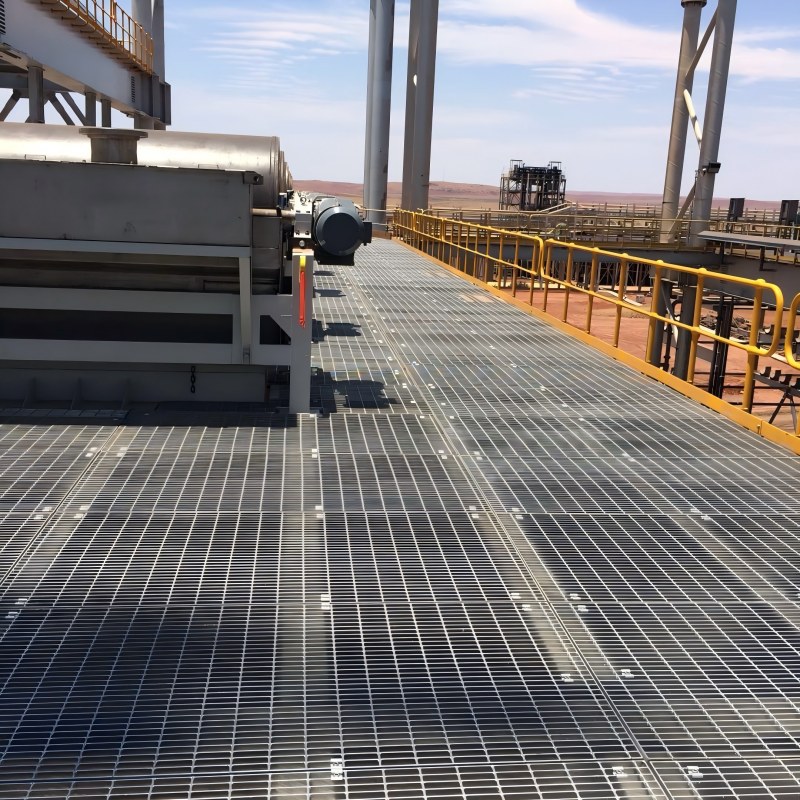
The Building Code of Australia (BCA) has strict regulations on the design, bearing capacity, durability and other aspects of railings to ensure reliable safety protection in various use scenarios. According to relevant standards, steel grating ball-jointed railings must have the following properties:
Structural stability: Able to withstand crowd thrust and environmental pressure, and no structural deformation due to external forces.
Protection height: The height of the railing is usually required to be no less than 1000mm to prevent people from falling.
Impact resistance: It is necessary to meet dynamic impact tests to ensure that it can still be firmly supported in environments such as strong winds, high-speed airflows, and vibrations.
Corrosion resistance: Australia has many coastal areas, and the railing materials need to have excellent weather resistance to prevent rust caused by humid environments.
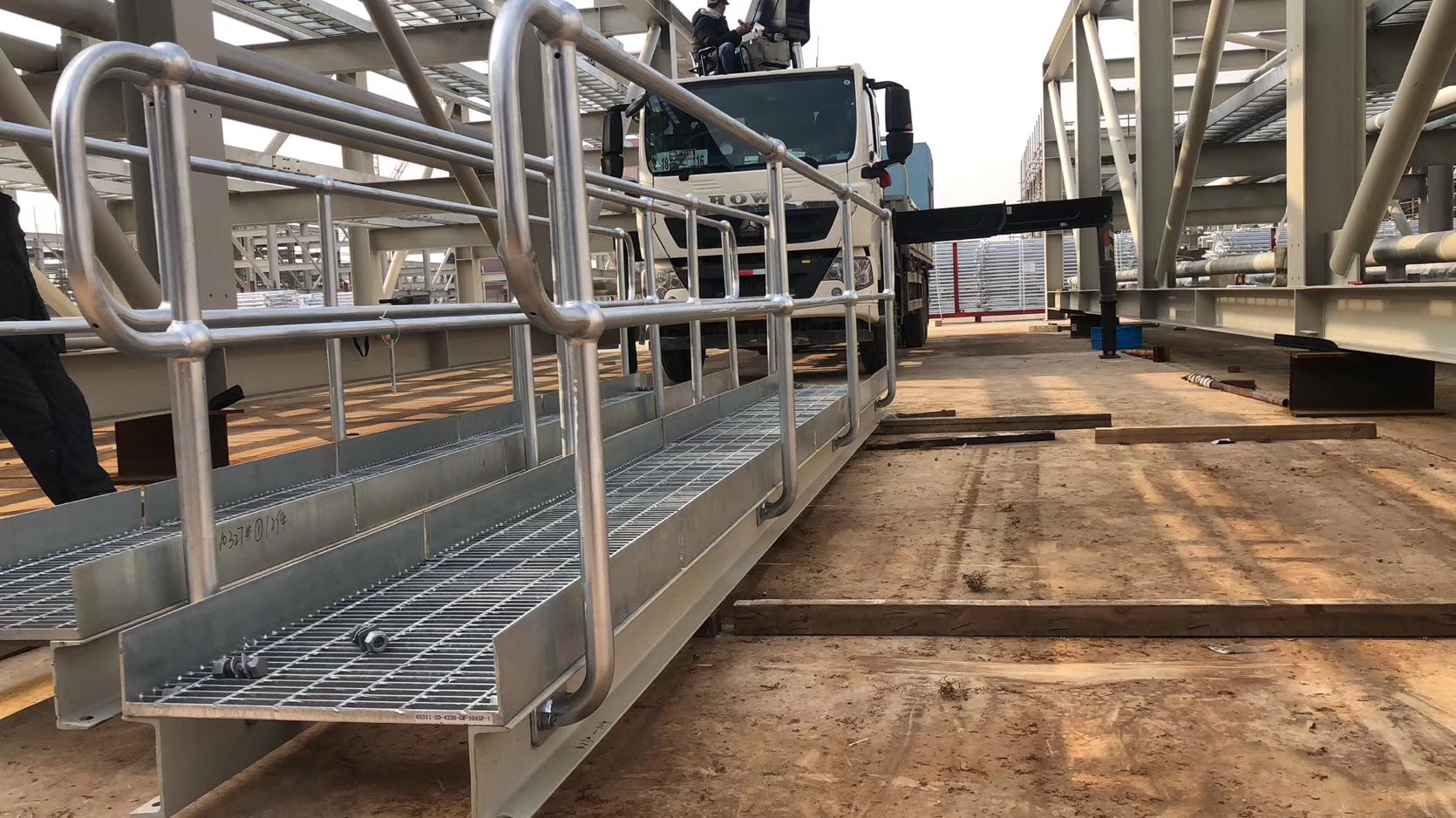
(1) High-strength load-bearing design to ensure personnel safety
Steel grating ball-jointed railings are made of high-strength carbon steel or stainless steel materials, connected by spherical nodes, so that the overall structure is more evenly stressed and has enhanced impact resistance. In Australian standards, railings must be able to withstand a horizontal load of at least 0.75kN/m to ensure the safety of pedestrians, workers or construction personnel.
(2) Ball-jointed structure, easier installation
Compared with traditional welded railings, ball-jointed railings use no or less welding processes, and only require bolts and special fasteners for assembly, which not only reduces the difficulty of construction, but also improves the overall stability of the railing. This design meets Australia's requirements for building construction efficiency, while reducing the thermal stress problems caused by welding.
(3) Hot-dip galvanizing anti-corrosion treatment to adapt to harsh environments
The climate in some parts of Australia is humid, and steel is susceptible to oxidation corrosion. Therefore, steel grating railings that meet Australian standards are usually hot-dip galvanized (in compliance with AS 4680 standards) to form a zinc layer on the surface to improve corrosion resistance and effectively extend service life. Some special projects will also use 304/316 stainless steel to further enhance the corrosion resistance of the railings.
(4) Ergonomic safety protection design
Australian building standards stipulate that the horizontal bar spacing of the railing shall not exceed 125mm to prevent children or adults from accidentally falling. At the same time, the surface of the railing must be smooth to avoid sharp edges to ensure the safety of users.
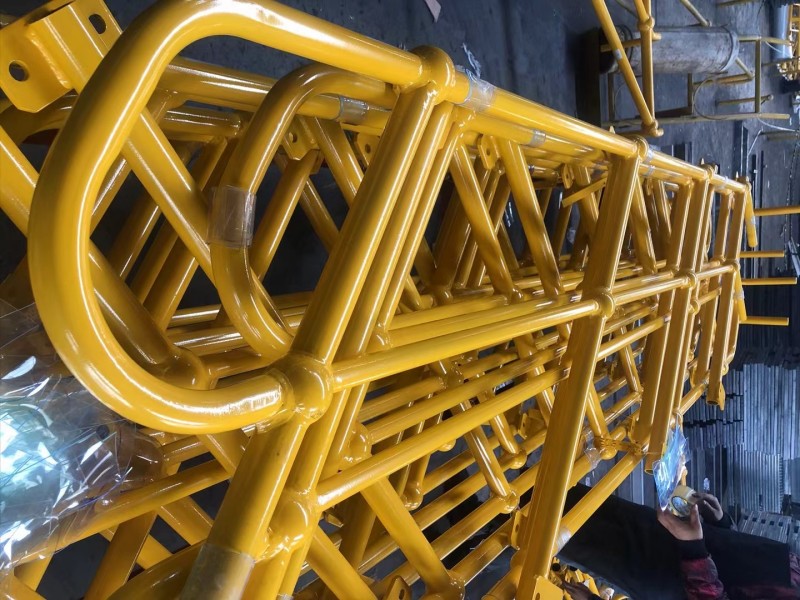
Steel grating railings are widely used in municipal engineering, industrial plants, docks and bridges, energy power plants and other fields due to their excellent protection performance and durability. For example:
High-altitude platform: In the high-altitude working areas of power plants and chemical plants, railings effectively prevent workers from falling and improve safety.
Municipal roads and landscape guardrails: ball joint railings are installed on both sides of parks, trails, and bridges to enhance safety while maintaining beauty.
Ships and dock facilities: The marine environment has higher requirements for materials. Hot-dip galvanized or stainless steel ball joint railings can be used for a long time in seawater environments to prevent rust.
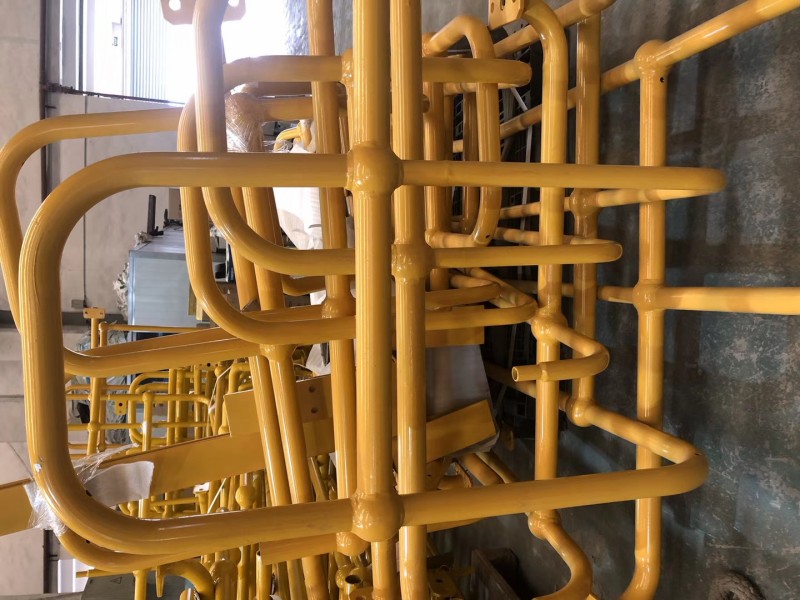
When choosing steel grating ball joint railings, pay attention to the following points to ensure compliance with Australian building safety standards:
✔ Confirm material standards: Is high-quality steel that meets AS/NZS 3679.1 or AS/NZS 1554 welding standards used?
✔ Surface treatment process: Is hot-dip galvanized or stainless steel used to meet AS 4680 anti-corrosion standards?
✔ Connection method: Is it a ball joint structure, can it provide quick installation and stable support?
✔ Design size: Does the height of the railing and the spacing between the crossbars meet the building regulations?
In Australian construction and engineering projects, choosing steel grating ball joint railings that meet safety standards can not only ensure that the project meets regulatory requirements, but also improve overall safety and durability. Whether in high-altitude working environments, municipal construction, or marine engineering, this type of railing can provide stable and reliable safety protection to ensure project safety.
